Thursday, December 20, 2018 -
We begin our day early with a drive through several villages as we head east to Pondicherry.
We pass through several villages along the southern tip of India. Here Muslims, Hindus and Christians seem to live a more integrated life. Living and worshiping in their own wayside by side.
We arrive in the village of Kumbakonam which boasts the village has 1,000 large temples and as many as 2,000 smaller temples. There is another religious festival going on here, The Festival Kumbamela. During the Holy Season of December and January, there is a festival just about every day.
The entrance tower of the Sarangapani temple was at the end of a street - Cal got out and with Sandosh walked around the tower.
We begin our day early with a drive through several villages as we head east to Pondicherry.
We pass through several villages along the southern tip of India. Here Muslims, Hindus and Christians seem to live a more integrated life. Living and worshiping in their own wayside by side.
We arrive in the village of Kumbakonam which boasts the village has 1,000 large temples and as many as 2,000 smaller temples. There is another religious festival going on here, The Festival Kumbamela. During the Holy Season of December and January, there is a festival just about every day.
The entrance tower of the Sarangapani temple was at the end of a street - Cal got out and with Sandosh walked around the tower.
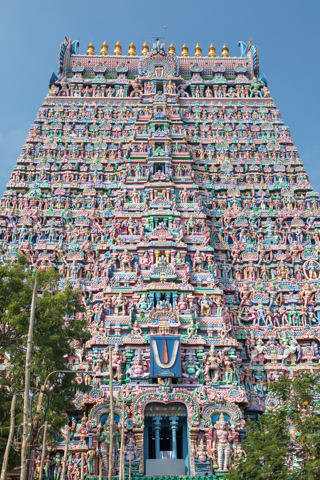

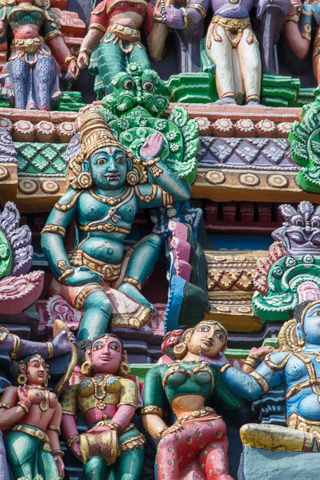





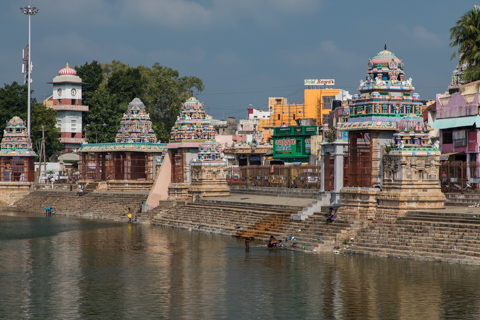

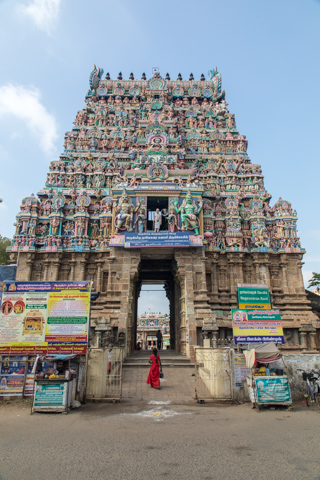
Aditya Chola constructed this temple during the 9th century. It is a good example of Chola architecture, building technology and astronomy. The orientation is structured in such a way that it allows sunlight inside the temple, on the shrine during the Tamil month of Chithirai (April/May)

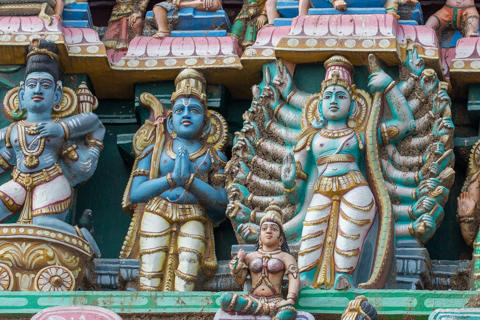
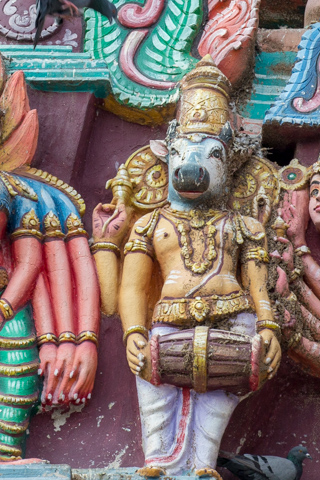


We waited and waited for someone to get a blessing but alas no takers - including Virginia Ann

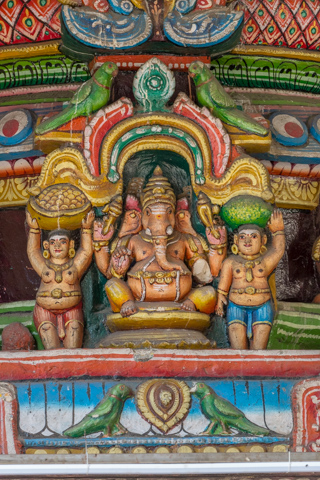


Nandi (bull) resting on the wall - since a Shiva temple and the bull is his animal.

This temple, built by Rajaraja Chola II in the 12th century CE is a UNESCO World Heritage Site - the second of the three temples we will see called the Great Living Chola Temples. There are three, we saw one yesterday - Brihadeeswara Temple at Thanjavur and today we will see the other two.
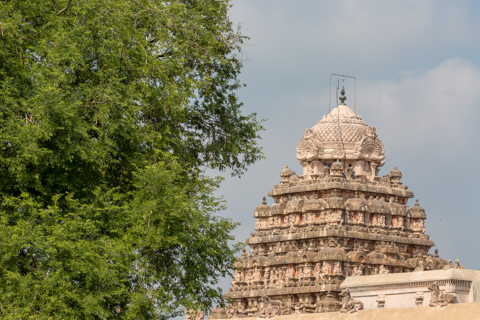
We can see rows and rows of colorful silk threads hanging over a rail in front of a home as they wave about from a breeze to dry. We are invited into the home where we see a weaver at work and stacks and stacks of saris and scarves she has finished, neatly folded and piled high to the ceiling.
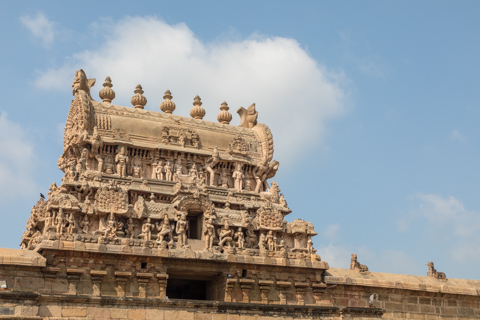
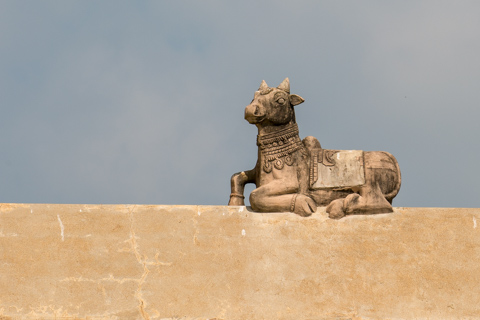
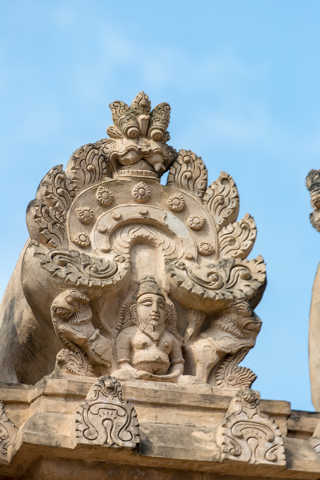

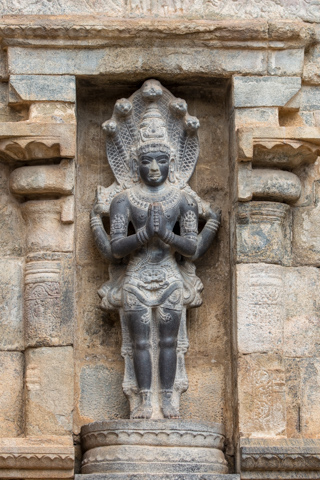
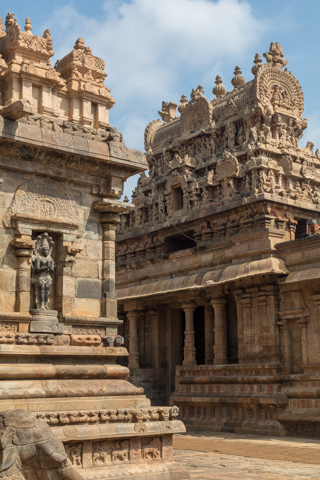
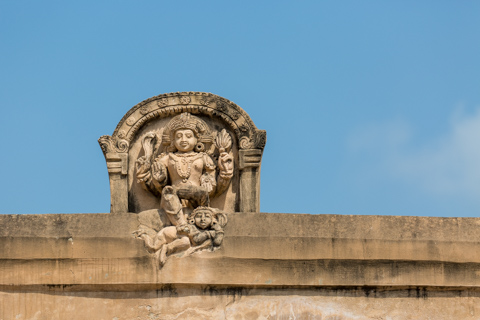
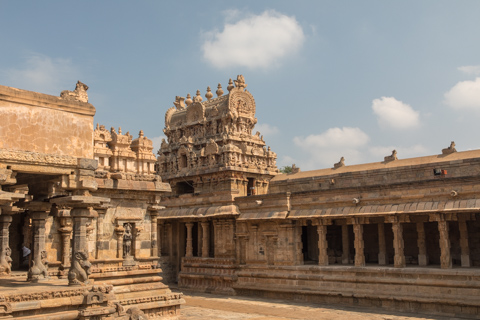
There are ruins of gopuram (Tower/gate) and some structures at some distance from the current visitor area confirming that the site was badly damaged at some point like the other major Chola era temples.
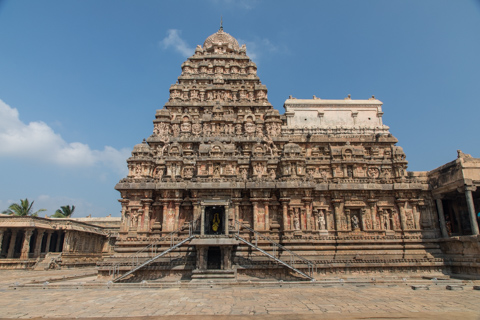
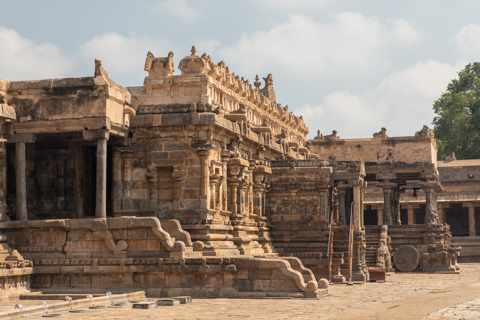

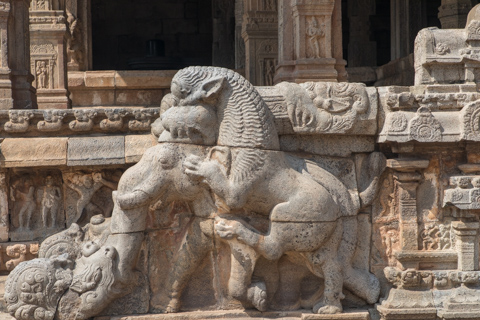

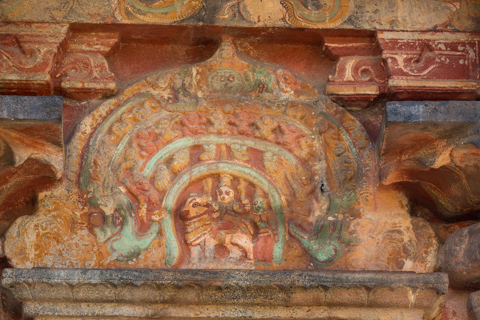
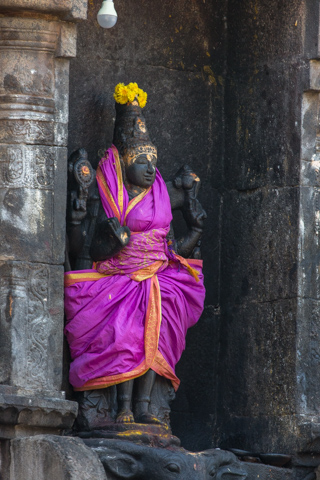
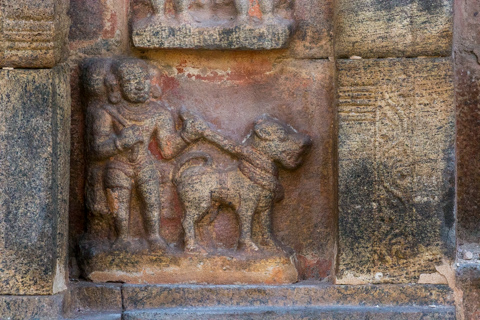

Several times Cal was not fast enough to get the picture before the bird would fly away.

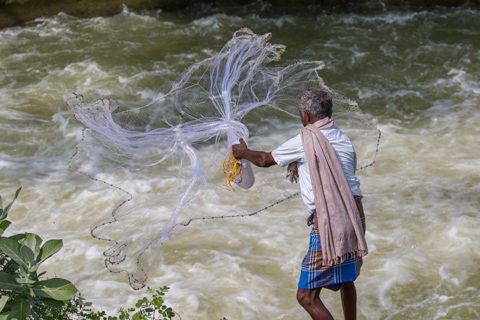
Several fishermen were fishing from the shore and even a few in the river.
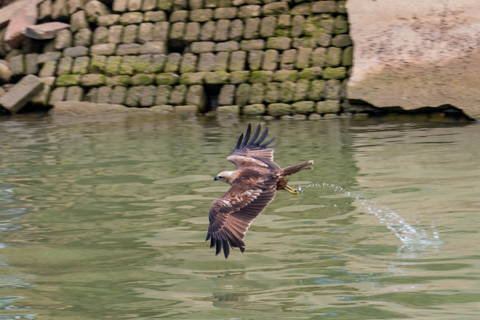
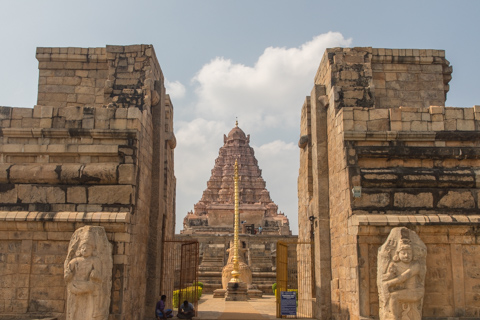
The Brihadisvara Temple is the last of the three Great Living Chola Temples we will visit.
UNESCO declared it a World Heritage Site in 2004, along with the Brihadeeswarar Temple at Thanjavur and Airavatesvara temple at Darasuram. These are referred to collectively as the Great Living Chola Temples
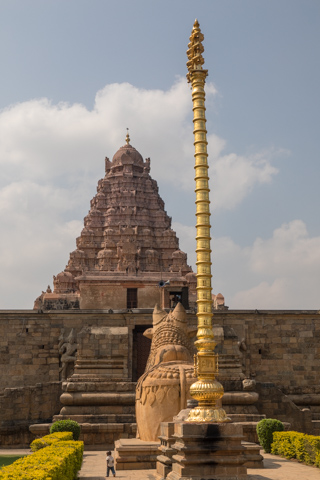
After conquering north-eastern India, Rajendra Chola I built the temple to celebrate. He demanded that the conquered bring water from the Ganga River to fill the well. The well was called Cholagangam and he then gave himself the name "the one who conquered the River Ganga" or Gangaikondan.
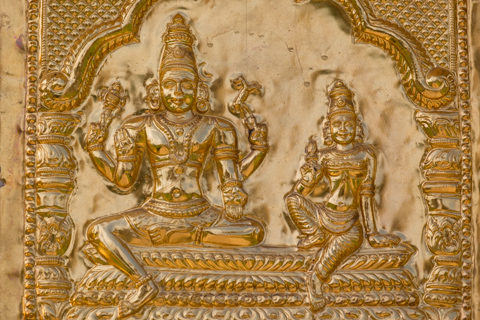
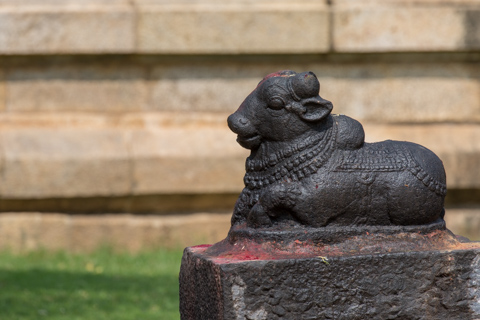
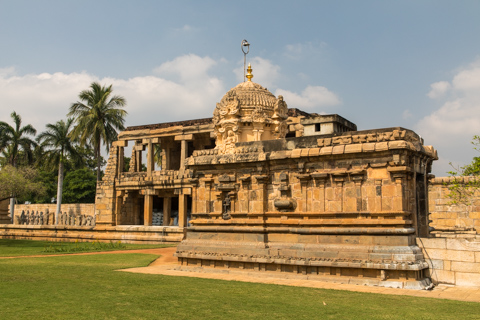
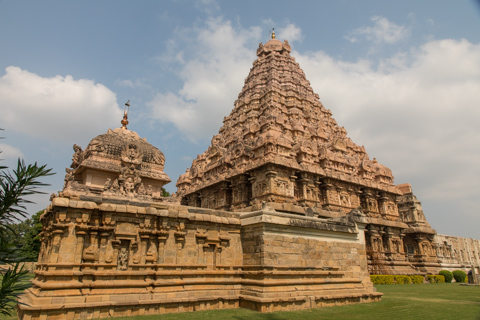

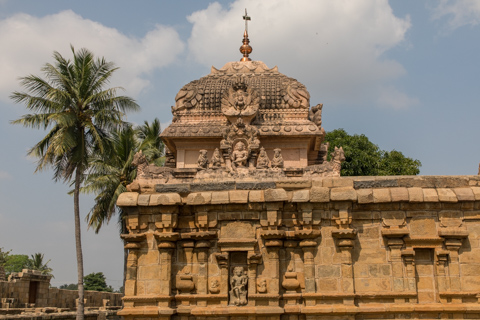

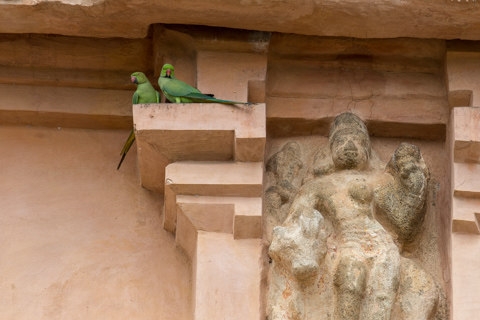
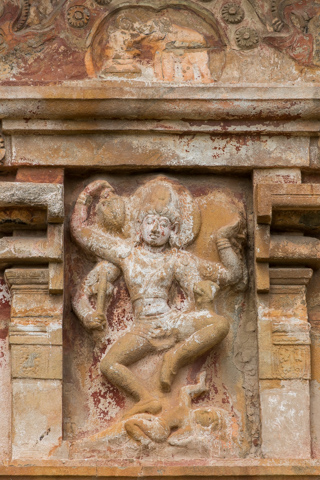

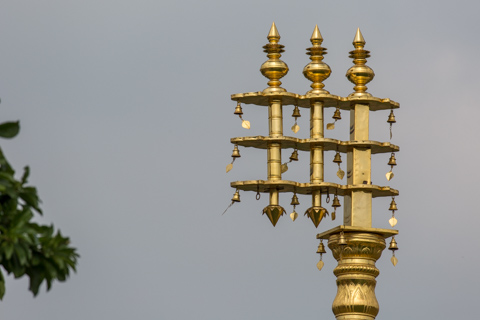
We loaded back into the car for the remainder of the trip to Pondicherry.



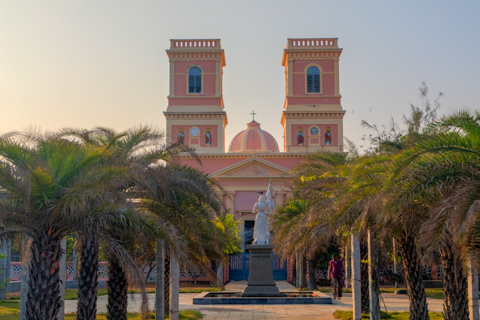
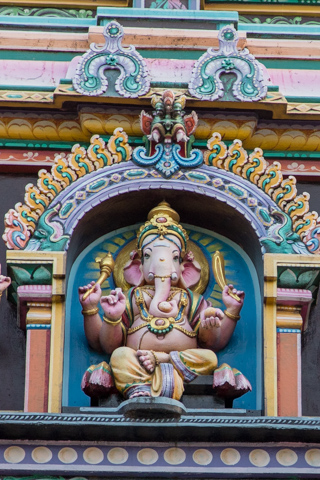
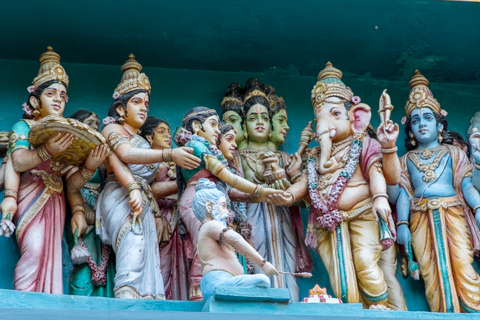
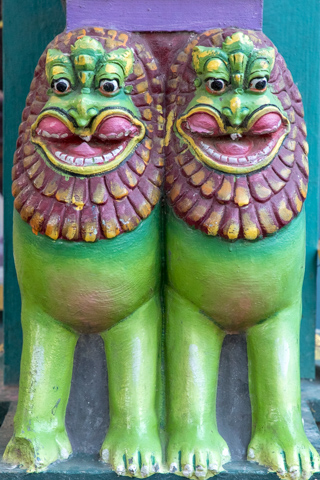

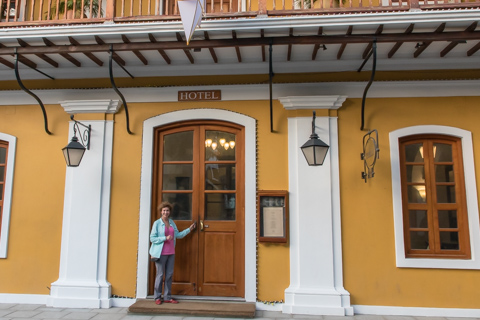
After our stroll, we dress for dinner and meet Tony and Mary Herbert from London for a beer and dinner on the rooftop of our hotel. We had met Tony and Mary earlier in the coffee shop - very nice (lovely) couple who spend the Christmas holidays in India each year.